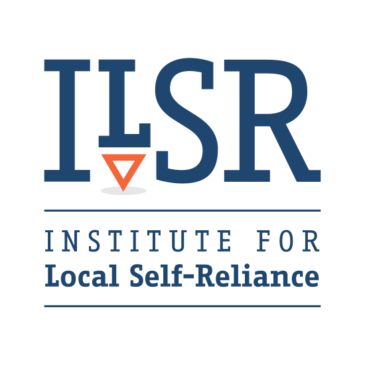State Meat Inspection Programs
In 1967, the Wholesome Meat Inspection Act and the Wholesome Poultry Products Act authorized states with inspection programs certified by the U.S. Department of Agriculture (USDA) as "at least equal to" the federal program to inspect meat and poultry products for distribution within a state’s borders. An adversarial relationship between state programs and the USDA and little interest in direct marketing caused many of the programs to be dropped. Today, meat producers interests in niche markets and marketing have resulted in 25 state meat inspection programs being reinstated and expanded across the country.… Read More



